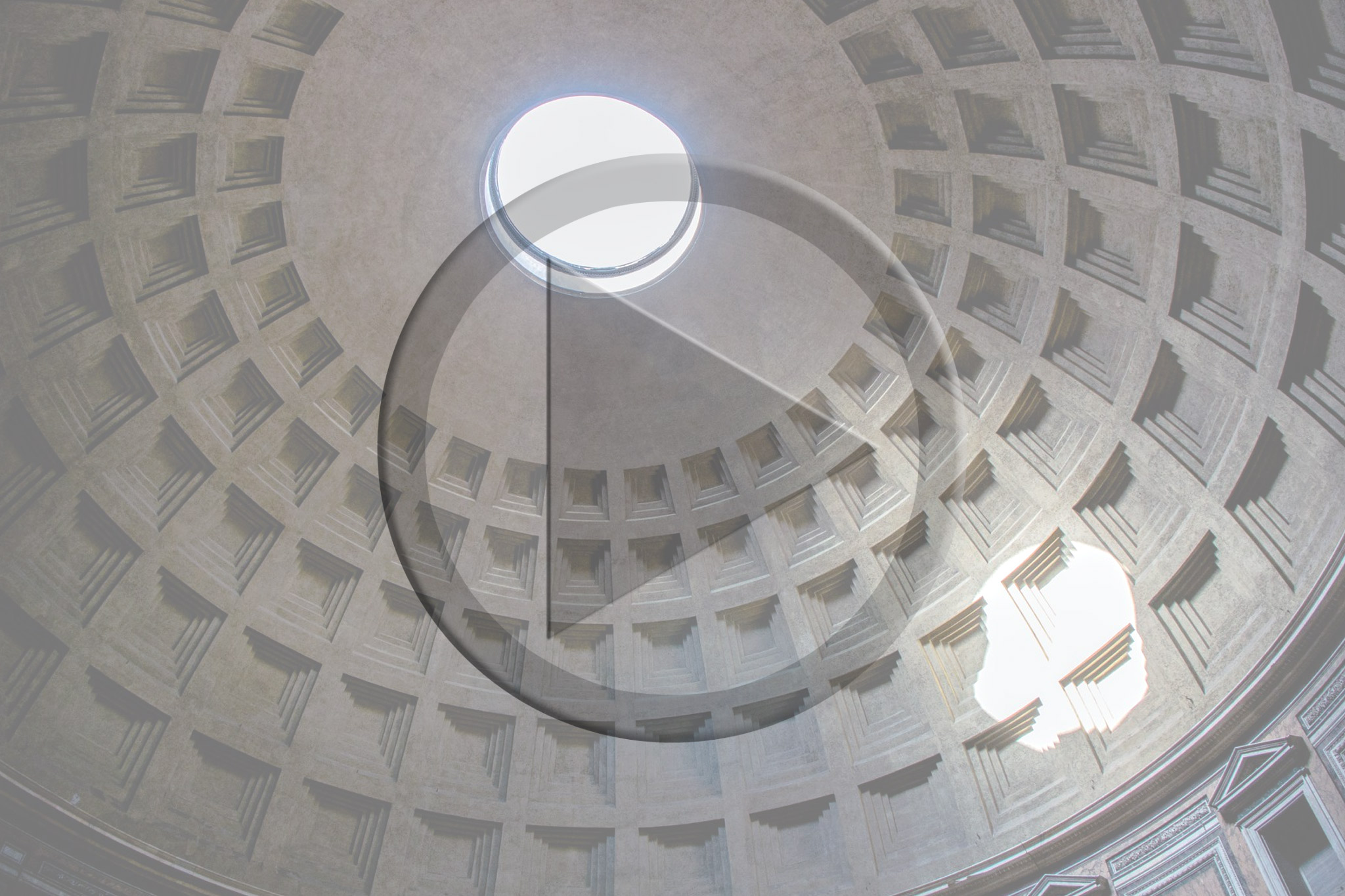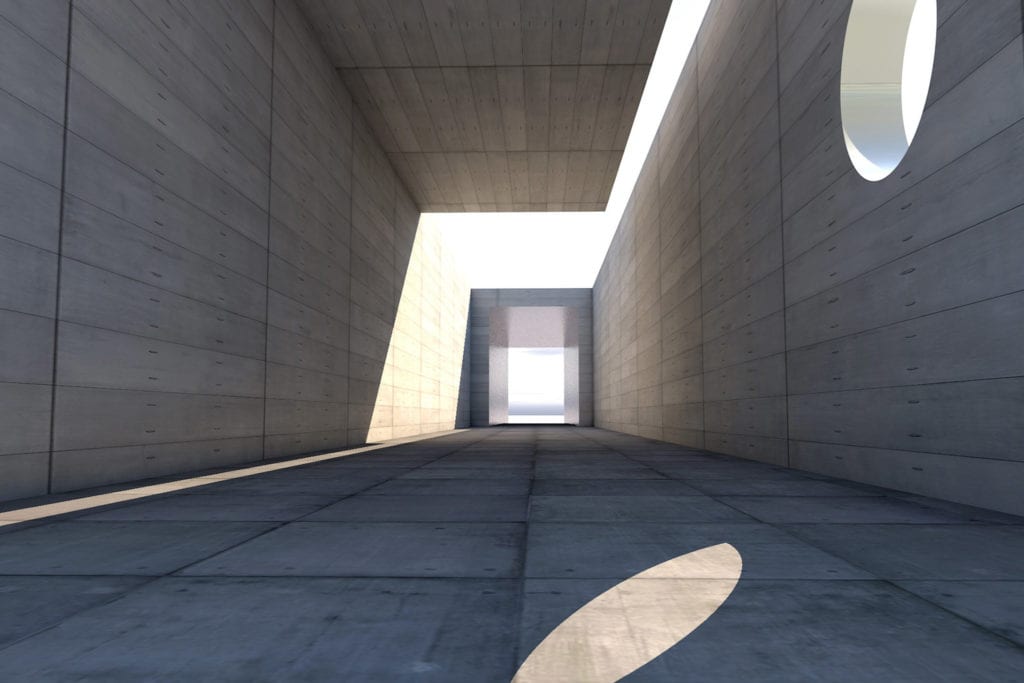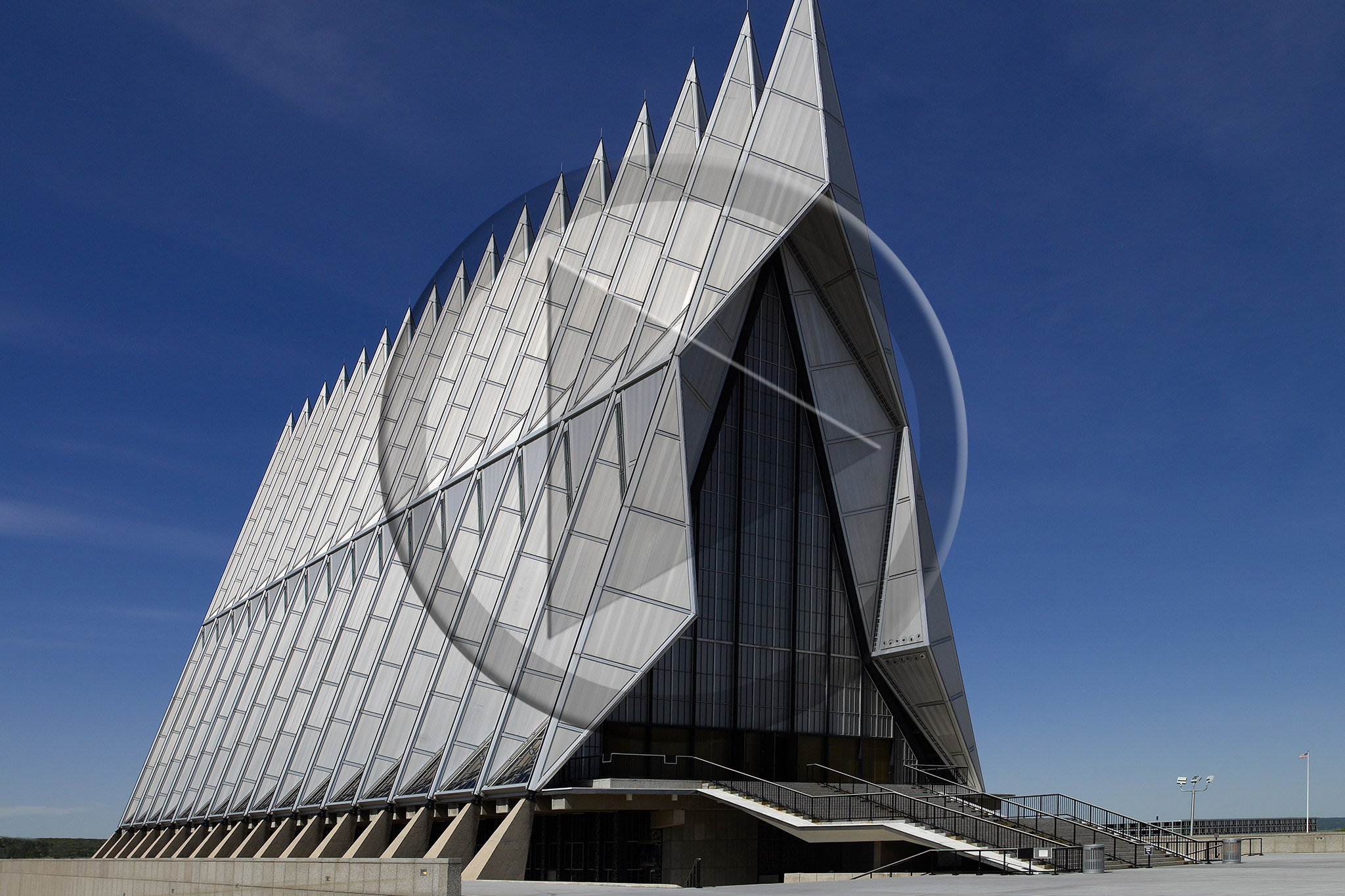Concrete Buildings Through History
Concrete buildings have been around for centuries, dating back to the pyramids. They’ve been using concrete in different ways and different forms for that long. Concrete is not going away anytime soon since it is a great technology.
Concrete is very strong. It presents a tremendous type of system in compression that, combined with steel, makes the structure very strong. As they move, the tensile part will be able to withstand some of the forces as the concrete buildings stretch. But at the same time, it will compress on the other side to be able to balance out the strength of the structure.
It’s great for infrastructures such as bridges. It is good for the roads. Also, it is good for sidewalks. And it is good for building structures. There are so many possibilities with the use of concrete buildings. There are combinations of different systems that not only include concrete, but also masonry. Masonry is a tremendous system which is much easier to transport. It is easy to fabricate. It is unlike a prestress slab that would be difficult and dangerous to transport to different sites. You can transport masonry more easily in small blocks.
Replacements for Concrete?
This still doesn’t mean that it can replace concrete buildings. It’s still preferable to cast concrete on site. Transporting these structures is not only expensive, but it can be difficult to move to the site because it’s heavy and dangerous. Most contractors would rather cast on-site, and that’s the preferred method.
The CITC building that we designed for NASA was not a clad building. We designed the building out of masonry. The reason we did so is that the masonry provided a secure and strong environment. Concrete buildings have a strong shell that was an aesthetic feature as well. It allowed for a tremendous amount of security inside. Also, the shell enclosed the entire IT center. This made it more environmentally sound inside. The temperature was important within the building too.
We not only designed the shell out of masonry for its strength, but we also furred it out inside. Also, we did this to insulate the building. We were also able to put the infrastructure within the furring inside of our concrete buildings. The building was quite a success from a financial standpoint. It was the building’s masonry that presented an affordable means of construction.




